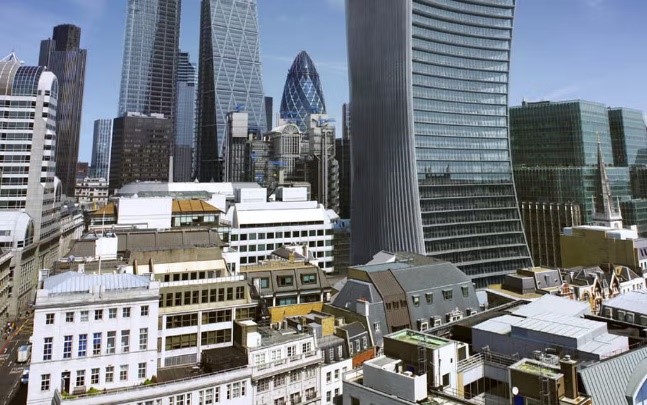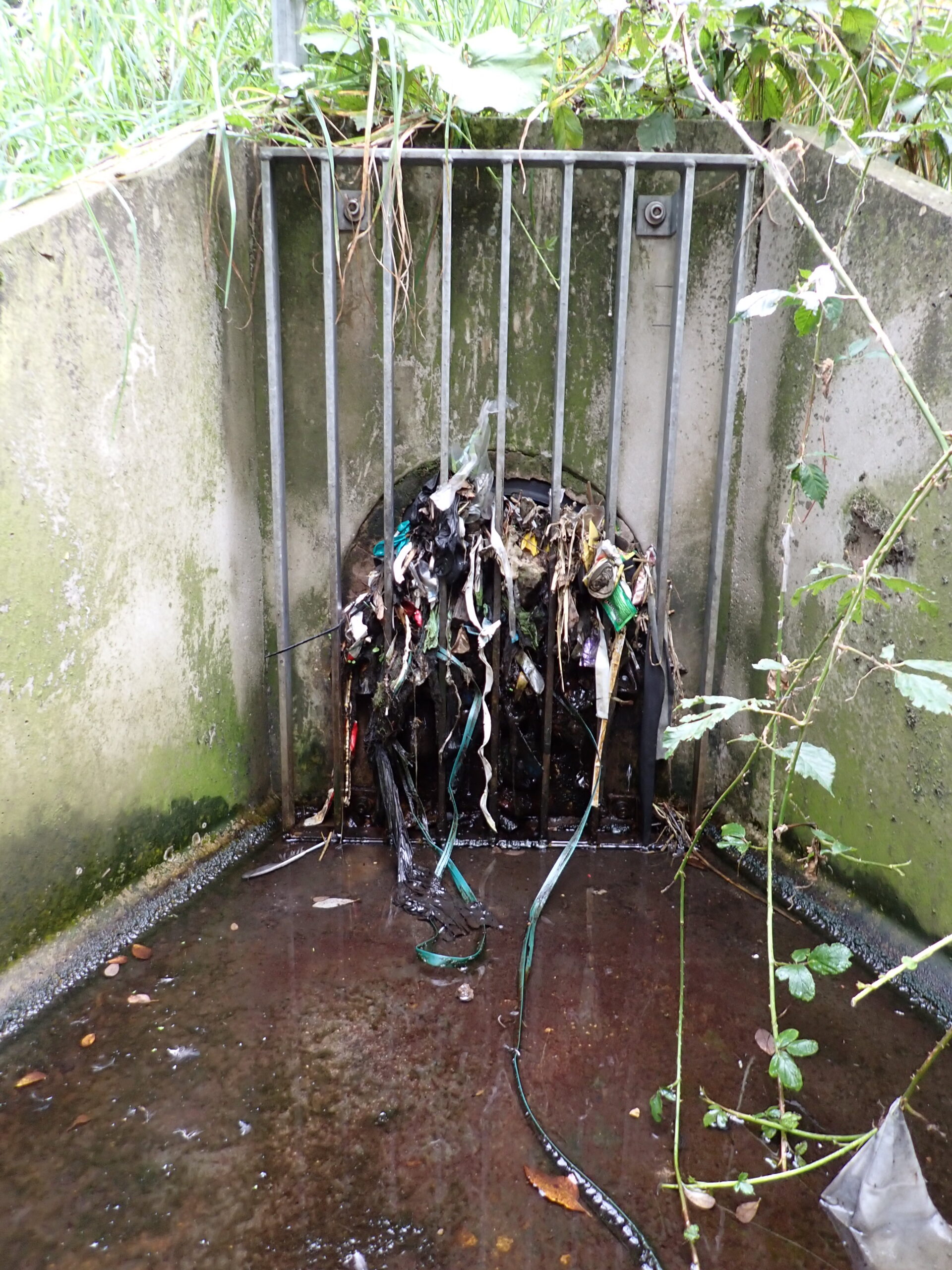AUTHORS
Julien Boucher, Damien Friot
ABSTRACT
Plastic has penetrated everyday life: from clothing to coatings and from transport vehicles to cleaning products. Plastic is cheap, durable, lightweight and malleable, resulting in a practically unlimited number of possible applications. The disadvantages of plastics however are becoming more and more visible. Large quantities of plastics leak into rivers and oceans, with adverse effects to marine ecosystems and related economic activities.
Plastic wastes include all size residues, from large visible and easily removable items, to small invisible particles. This report investigates the sources of primary microplastics i.e. microplastics that are directly released into the environment as small plastic particles (< 5 mm size). This contrasts with secondary microplastics that originate mostly from the degradation of large plastic waste into smaller plastic fragments once exposed to the marine environment. Primary microplastics can be a voluntary addition to products such as scrubbing agents in personal care products (shower gels, creams, etc.). They can also originate from the abrasion of large plastic objects during manufacturing use or maintenance such as the erosion of tyres when driving or the abrasion of synthetic textiles during washing.
This report is one of the first of its kind to quantify primary microplastics leakage and to demonstrate that these primary microplastics are globally responsible for a major source of plastics in the oceans. The model developed for this analysis enables us to conclude that between 15 and 31% of all of the plastic in the oceans could originate from primary sources. This is a significant but as-of-yet unrecognised proportion. In some countries benefitting from advanced waste treatment facilities, primary microplastics releases even outweigh that of secondary microplastics.







